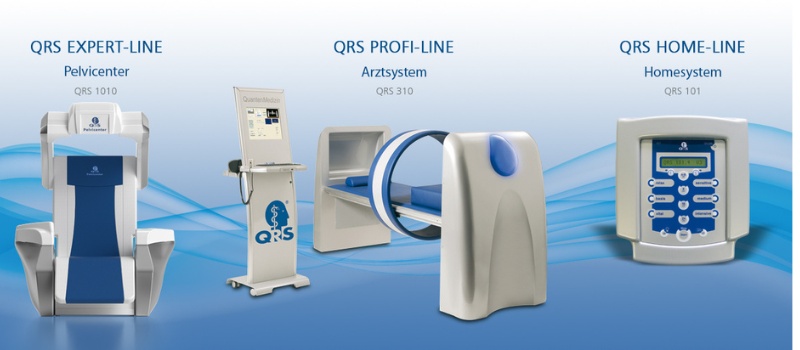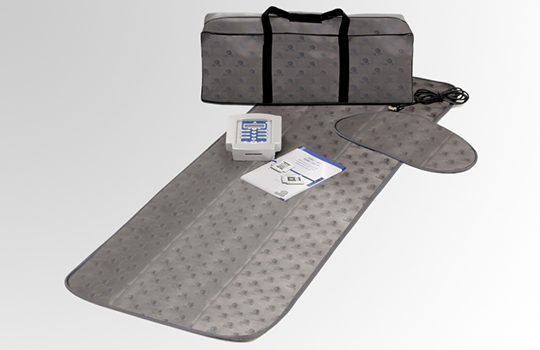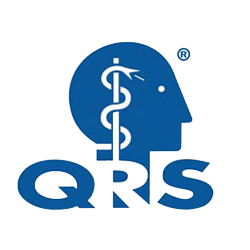

QRS Products
The QRS Homesystem Set contains the QRS 101 control device, a full-body applicator (mat), a small applicator (pillow), and the QRS carry bag. The system can be expanded with additional applicators

The QRS 1010 Pelvicenter Muscle training for a strong pelvic floor. The QRS 1010 Pelvicenter – a.k.a. the magnetic chair – is a non-invasive form of pelvic floor treatment that aims to restore and strengthen the pelvic floor muscles. The patient is not required to participate actively in muscle training.

